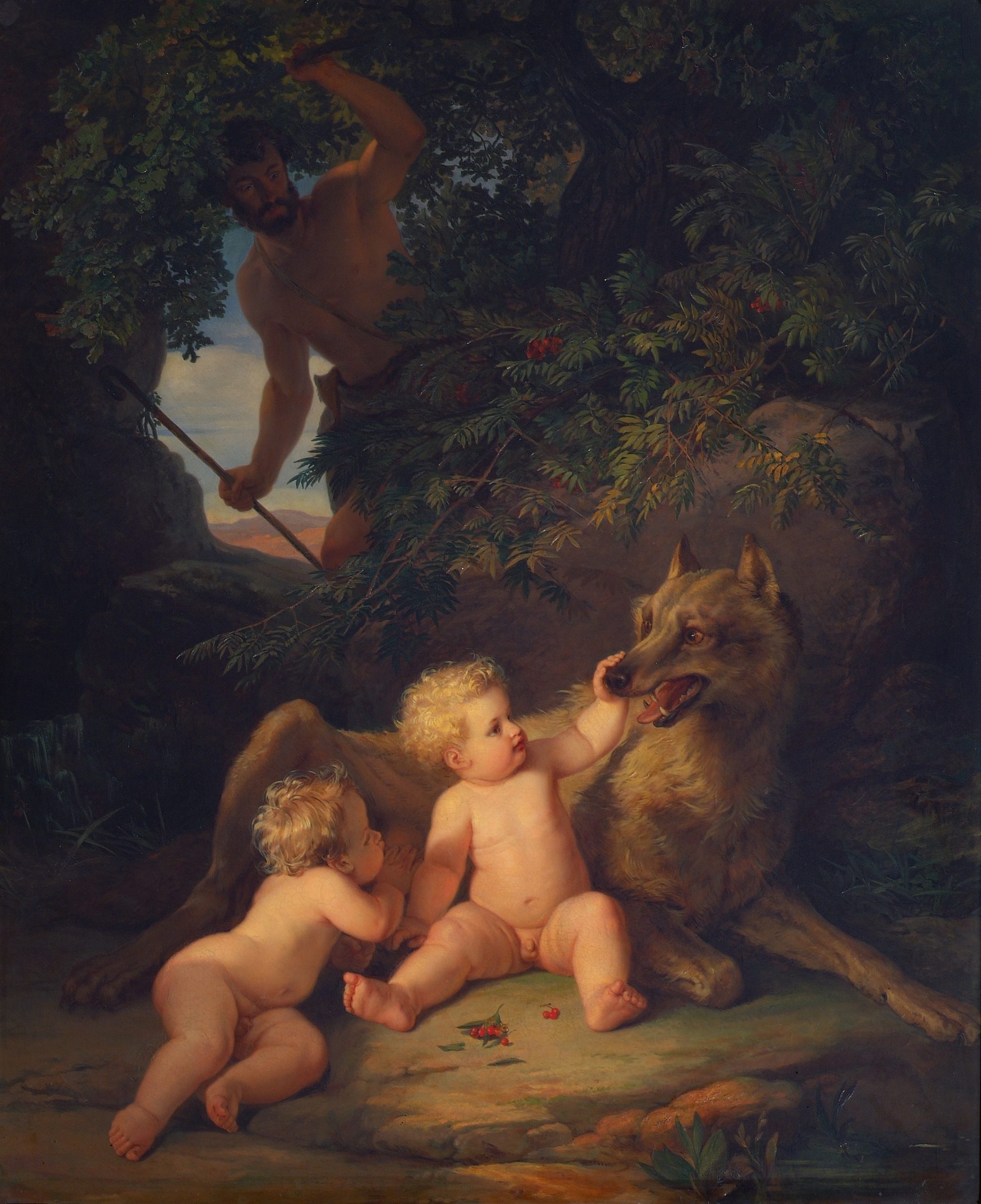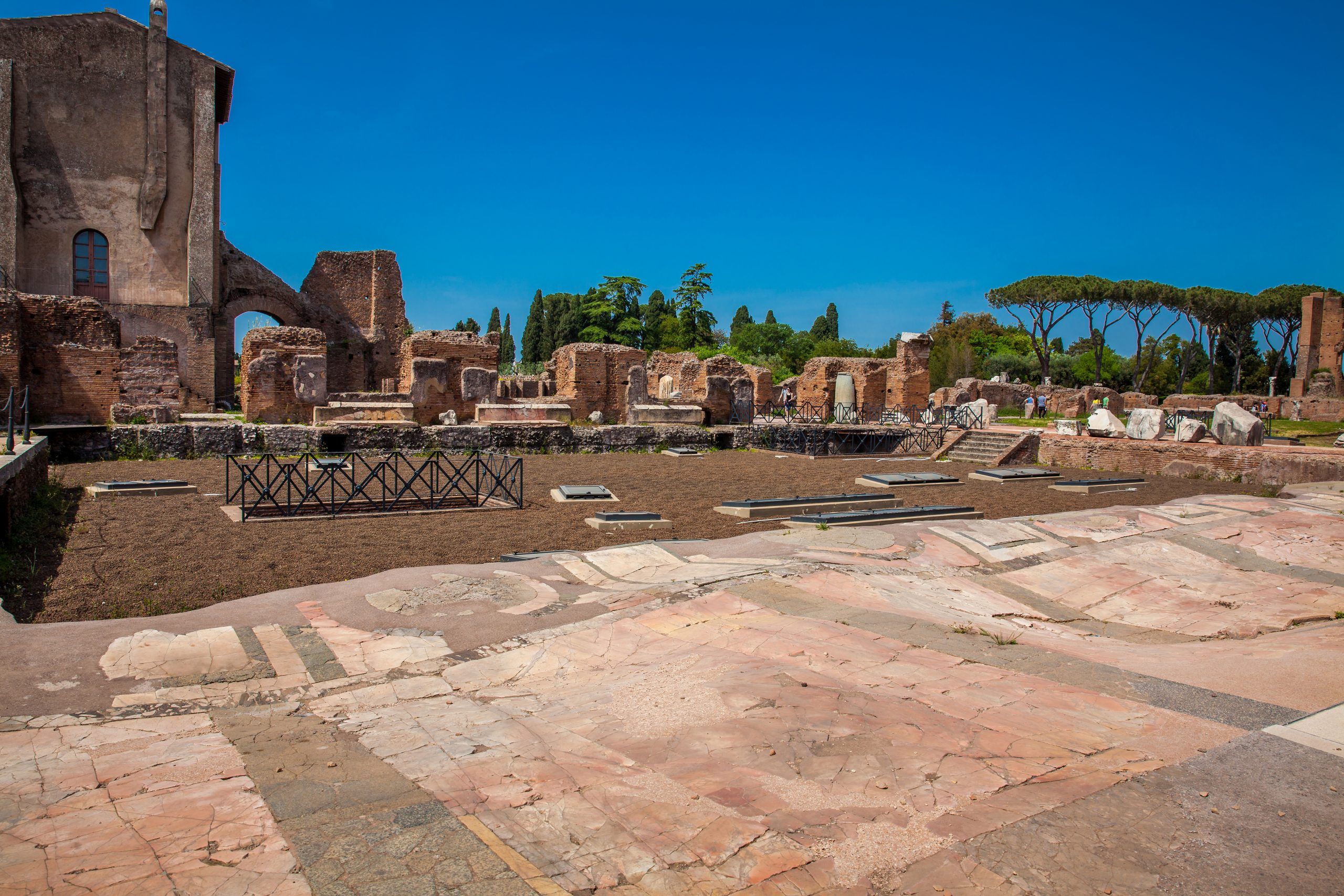A Fire breathing monster LIVED NEAR THE PALATINE HILL?
According to a very early Roman myth Cacus the son of the flame god Vulcan lived near the Palatine Hill; a “foul-featured, half-human monster that vomited black fire” and terrorized the surrounding settlements. Another story claims he ate human flesh and nailed the heads of his victims to the door of his cave.
Hercules stopped to pasture his cattle stolen from Geryon near Cacus’ lair. As Hercules slept, the monster stole eight of them dragging them away by their tails, leaving a trail in the wrong direction. When Hercules awoke, a single cow lowed for help, as Hercules entered the cave, Cacus attacked him by spewing fire and smoke, while Hercules responded with tree branches and rocks the size of millstones. As they fought, Hercules used such force that he shattered the hillside where “Cacus’ stairs (from the forum to the Palatine) were later built. In the Roman tradition, Hercules founded an altar after he killed Cacus. Eusebius writes it was erected in the Forum Boarium, to commemorate his killing of Cacus.
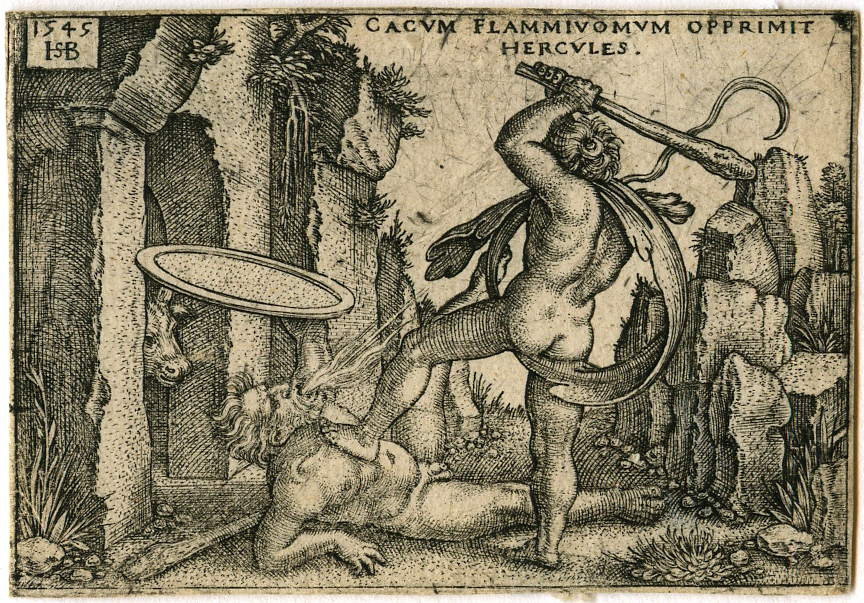

CALIGULA DIED ON THE PALATINE HILL
Caligula is known as Rome’s most tyrannical ruler. A mere 29 years old when he died, he led a life of tragedy, brutality and madness. Germanicus, his father was murdered by the emperor Tiberius and his mother and siblings imprisoned, Caligula was raised by Livia (wife of the emperor Augustus). Caligula became emperor at the age of 25 and reigned from 37-41 AD.
The beginning of his reign was moderate but after contracting a brain fever, or being poisoned – he became cruel and despotic. He declared himself a living god, threatened to make his horse a senator and slaughtered spectators at the games in the Colosseum (COLOSSEUM HISTORYTAB). As he descended into madness with his behaviour becoming increasingly more bizarre and depraved; he was assassinated by the praetorian guard in the tunnels under the palace.
THE PALATINE HAS THE FIRST PRIVATE BOTANICAL GARDEN IN EUROPE
The Farnese gardens were established in 1550 by Cardinal Alessandro Farnese when he acquired a northern portion of Palatine hill green area of Rome known as the ‘cow field’. The remains of Tiberius’ palace at the northwest end of the hill top were filled in, and converted into a grand summer pavilion. The gardens were set on terraces overlooking the Basilica of Maxentius and the forum. The terraced gardens included grand staircases, gushing fountains and ancient Roman statues. The gardens boasted an aviary with exotic birds, exotic plants were imported from as far as the Americas; they were famous in the 17th century for their rare botanical specimens.
The gardens fell into disrepair in the 18th century and were eventually sacrificed to archaeological excavations in the late 1800s when the imperial ruins below were unearthed. Despite the absence of the terraces and manicured hedgerows with exotic flowers crowned by a grand garden pavilion, they are still a beautiful part of the Palatine Hill today.
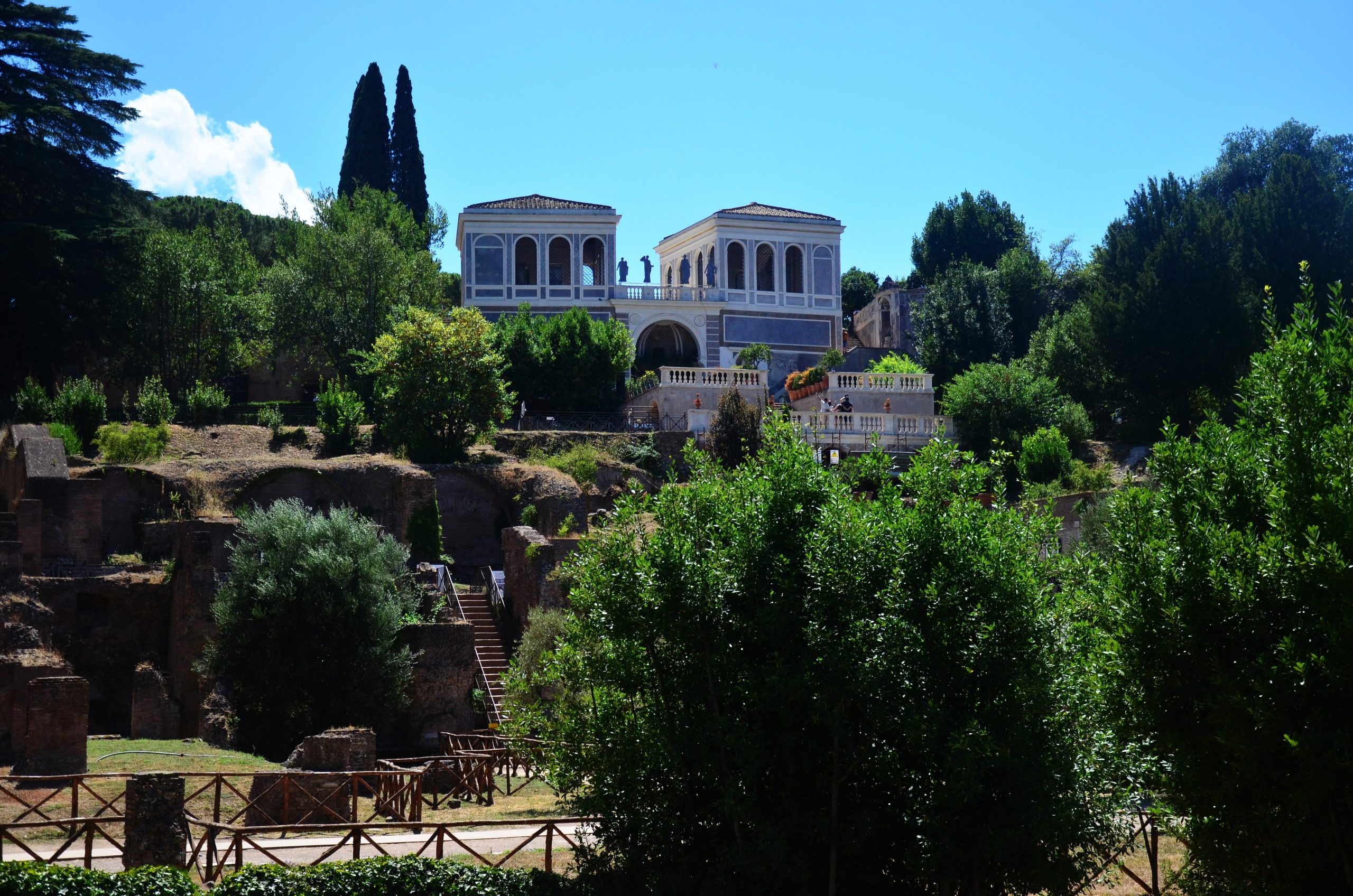
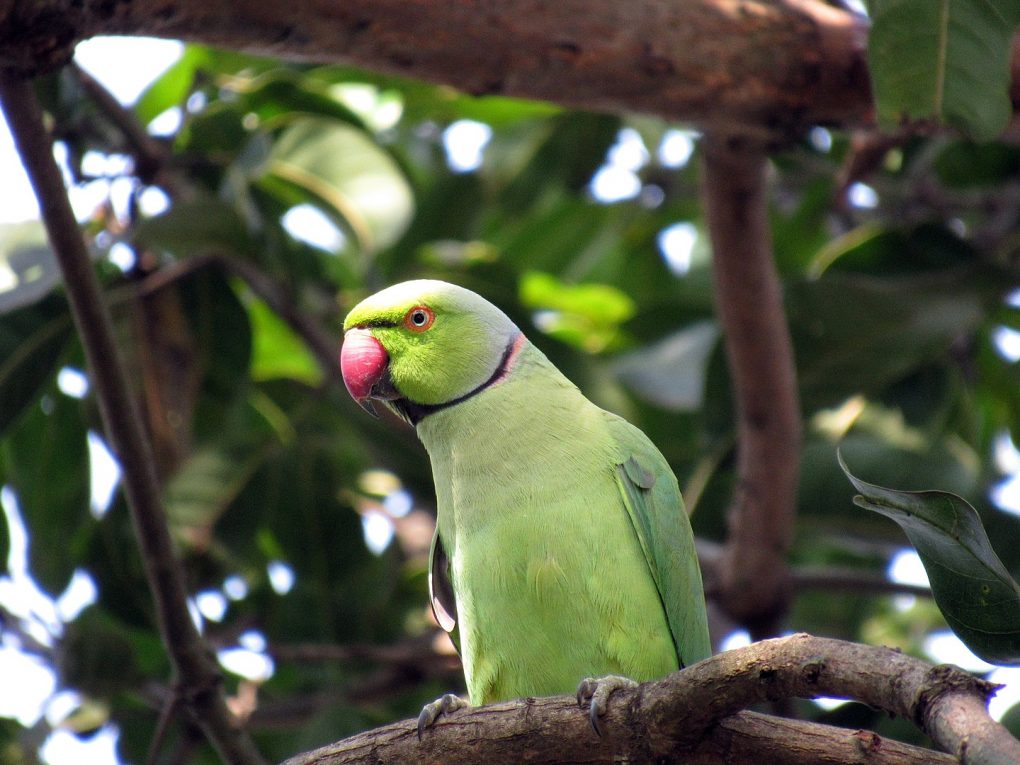
A BIRD WATCHER’S PARADISE
The Palatine hill was chosen by Romulus to found his new city by augury – the ancient Roman religious practice of interpreting omens from the observing the behaviour of birds. After a visit to the Palatine hill it may not surprise you; the expansive parkland with umbrella pines, leafy, shaded areas and manicured gardens are a twitchers delight!
Rome’s parakeets are a familiar sight in tree-lined neighbourhoods across the city, released over the years from private aviaries, they are among the few parrot species to have successfully adapted to living in an urban environment. The Rose-Ringed Parakeet, and the Monk Parakeet, are a common sight in leafy areas of the city (much to resident’s dismay).
On the Palatine Hill, the enormous brick remains are often speckled with the parakeets that make Rome their home; but that is not all – on your visit you may glimpse twenty different varieties of our feather friends: Greenfinch, Pheasant, Black cap, the Blue-Rock thrush and the Song Thrush, Firecrest, Chifachaff and possibly even the sought after Short-Toed Creeper. For avid birdwatchers, the expansive archaeological park has even more than great views and breath-taking archaeological ruins.

